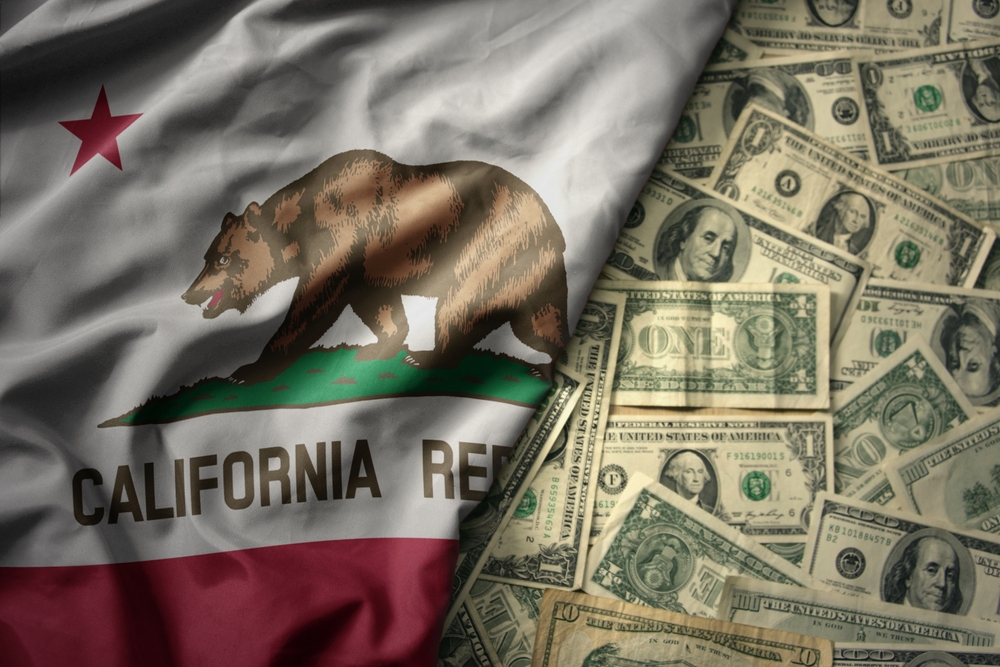The beginning of 2024 has seen a significant rise in gas prices, squeezing household budgets and making the fight against inflation more challenging. This sudden spike is driven by a mix of factors.
Rising Gas Prices in Early 2024
Since January, the national average cost for a gallon of regular unleaded gas has risen by nearly 14%, translating to a hike of over 40 cents per gallon, reports from AAA as shared with ABC News indicate.
State-Specific Gas Price Increases
In certain states, the price hikes over the last month have been particularly steep. For instance, Utah saw a 60-cent rise in the average price per gallon, while Alaska and Oregon experienced increases of 55 cents and 43 cents, respectively.
Seasonal Surge in Gas Prices
While the recent steep increase in gas prices might alarm drivers, analysts speaking to ABC News explain that this trend aligns with the usual springtime surge. This seasonal rise is driven by increased demand from warm-weather travelers and refineries transitioning to a pricier summer fuel mix.
Andrew Gross, a spokesperson for AAA, reassured ABC News by noting that prices are following their normal pattern: they rise in the spring
More Than Seasonal Spikes
The recent surge in gas prices can be seen as partly typical, driven by the seasonal uptick in demand and the transition to costlier summer fuel blends as the winter season ends.
However, there’s also an unusual element to this increase, with refinery disruptions, such as the extended closure of the Midwest’s largest refinery, constraining gas supply.
Spring Break and Gasoline Consumption
Patrick de Haan, GasBuddy’s head of petroleum analysis, shared with ABC News that spring break travel has kicked off, marking a period when Americans start to consume more gasoline.
Summer Fuel Blend Transition
This increased demand coincides with refineries beginning to produce a summer fuel blend that is more expensive but less harmful to the environment.
This adjustment aims to accommodate the changing weather while minimizing environmental damage.
Historical Patterns of Gas Prices
De Haan noted that, with the exception of 2020’s pandemic-induced irregularity, gas prices in the U.S. have typically surged by nearly 50 cents from January 1 to the end of March over the last six years.
He emphasized that this year’s trends are aligning closely with historical patterns.
Current Prices vs. Last Year
Andrew Gross from AAA notes a slight deviation, pointing out that current gas prices are seven cents higher than last year’s figures at the same time.
He anticipates that the difference between this and last year’s prices will narrow in the upcoming two weeks as the rate of price hikes begins to slow down.
Gas Prices and Inflation Challenges
This rise in gas prices comes at a particularly challenging time for American consumers, coinciding with a recent uptick in inflation.
February’s data from the Bureau of Labor Statistics (BLS) suggests a setback on the journey to reduced inflation, with energy and housing costs driving over 60% of last month’s price increases, according to the BLS.
Persistent Inflation Over Federal Target
While inflation has significantly dropped from its peak of around 9%, it remains over a percentage point above the Federal Reserve’s ideal 2% target.
What Lies Ahead?
Analysts warn that various factors could lead to further increases in gasoline prices in the upcoming months.
A significant portion of gas prices, over half, is determined by the cost of crude oil, which has seen a rise this year due to limited supply and geopolitical tensions, explains Patrick de Haan.
Crude Oil Prices and Hurricane Season Threats
Notably, the price of U.S. West Texas Intermediate futures has surged by 16% since the start of the year, hitting $83 a barrel recently.
Additionally, the Atlantic hurricane season poses a threat to key refineries in Louisiana and Texas, potentially causing disruptions, de Haan mentions.
Future Gas Price Trends
De Haan believes that while gas prices may climb as summer approaches, they are unlikely to surpass $4 a gallon at the national level.
He also anticipates a decrease in consumption and a rebalancing of supply and demand in the fall, leading to lower gas prices by year-end.
Policy Challenges Amid Rising Gas Prices
This situation could further complicate matters for policymakers in Washington, particularly as it may hinder the Federal Reserve’s efforts to fight inflation and challenge the current administration’s narrative of economic success based on lower fuel costs.



